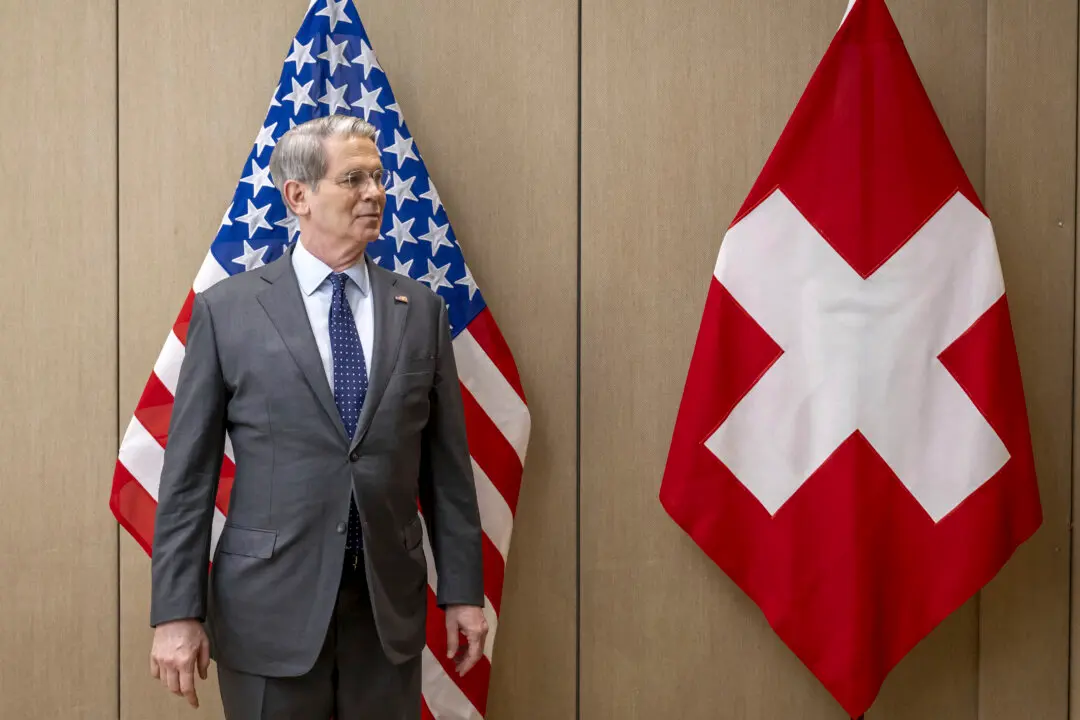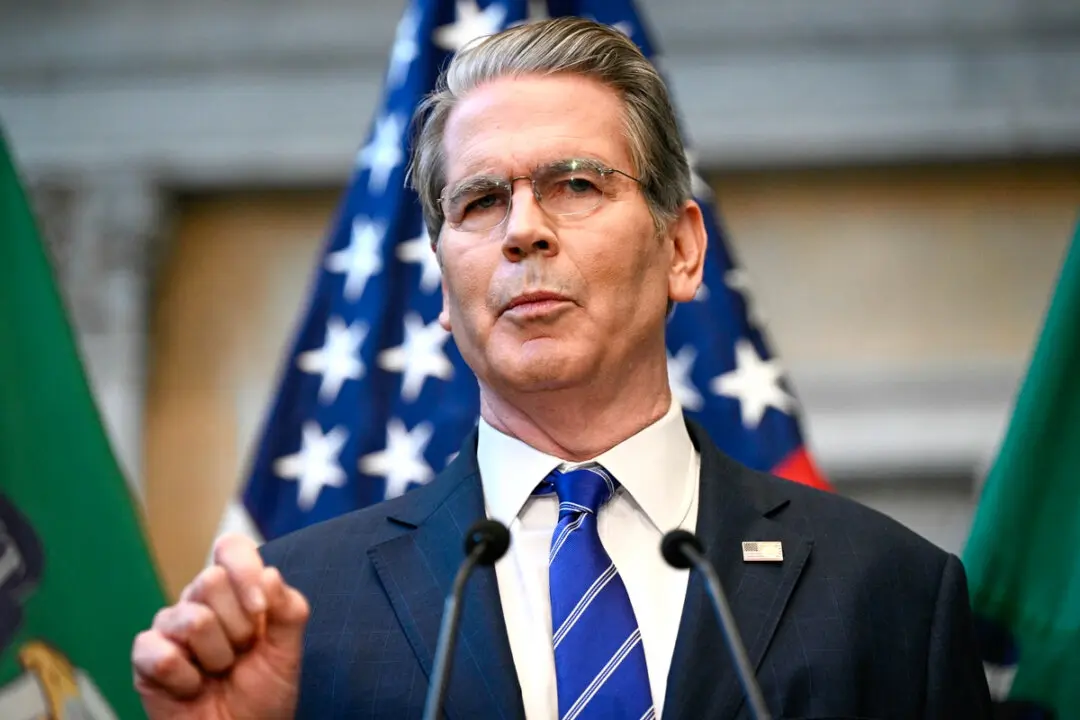The Federal Reserve released on Wednesday the minutes of its latest interest rate-setting meeting, which reinforce the Fed’s belief in the strength of America’s labor market.
The minutes of the Federal Open Market Committee (FOMC) Jan. 28-29 meeting show officials confident in the robustness of the U.S. labor market, citing “solid job gains” and low unemployment in support of this conviction.





